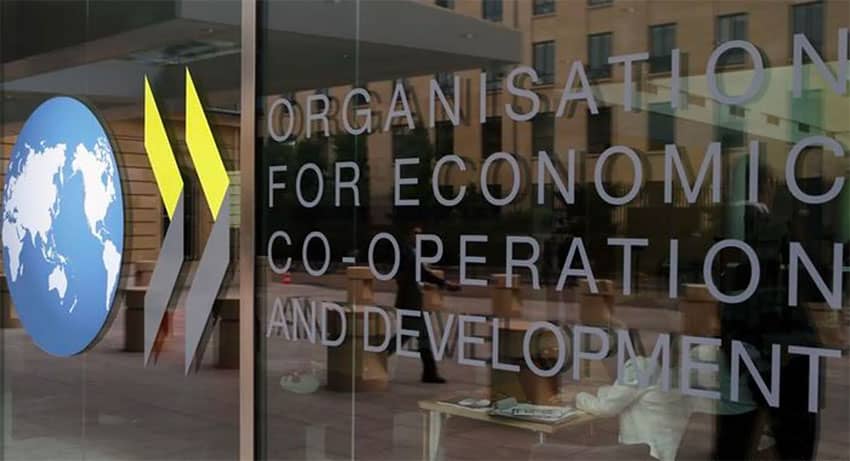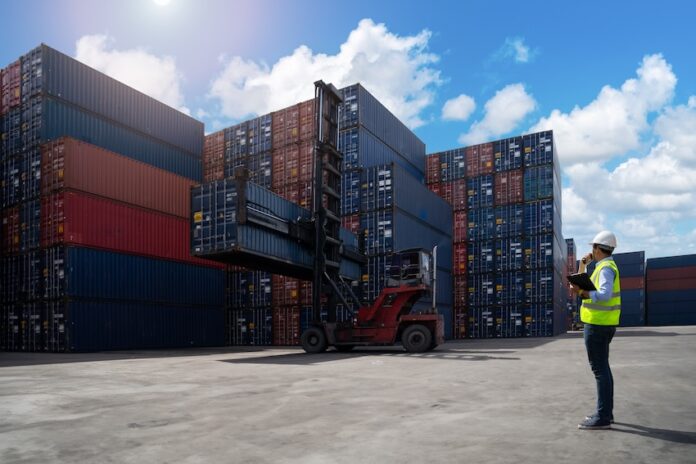Noting that the global economy has demonstrated surprising resilience, the Organization for Economic Cooperation and Development (OECD) raised its forecast for Mexico’s Gross Domestic Product (GDP) from 0.4% to 0.8% for 2025.
The OECD also projected a 1.3% increase in the Mexican economy in 2026, an improvement compared to that body’s previous forecast of 1.1%.The positive news comes just days after the International Monetary Fund (IMF) revised its Mexico GDP forecast to 1.0% this year — up from -0.3% in April — while projecting 1.5% growth in 2026.

Issued on Tuesday, the “OECD Economic Outlook, Interim Report September 2025” cited a stronger-than-expected performance in Mexico’s exports despite a volatile global trade environment.
However, the organization did note that “the full effects of tariff increases have not yet been felt, although they are becoming increasingly evident in spending decisions, labor markets and consumer prices” around the world.
As for inflation in Mexico, the OECD bumped up its forecast for this year to 4.2% (its previous estimate was 3.4%), but foresees improved containment in 2026, projecting inflation of 3.6%. This reflects persistent cost pressures that should gradually moderate in the coming years, it said.
While inflation remains a challenge, the OECD called for a “vigilant” monetary policy, urging Mexico’s central bank (Banxico) to “react promptly to shifting risks to price stability.”
The organization foresees Banxico continuing its monetary easing policy with additional rate cuts in its effort to moderate inflationary pressures. Along with Mexico’s resilient export sector, it said, lower interest rates could provide additional support to domestic demand in 2026, complementing the ongoing momentum from trade, paving the way for more stable growth.
Given the global outlook, the OECD urged policymakers to observe fiscal discipline to safeguard long-term debt sustainability and maintain room for maneuver to respond to future crises.
It also warned of downside risks in the short-term, citing additional tariff hikes and increased concerns about fiscal liabilities, including volatile crypto-assets, all of which could pose additional financial stability concerns.
The upward trend is based on the strength of Mexico’s external sector which the OECD regards as a stabilizing force, despite the increasing trade frictions.
With reports from El Economista, Mexico Business and El País
